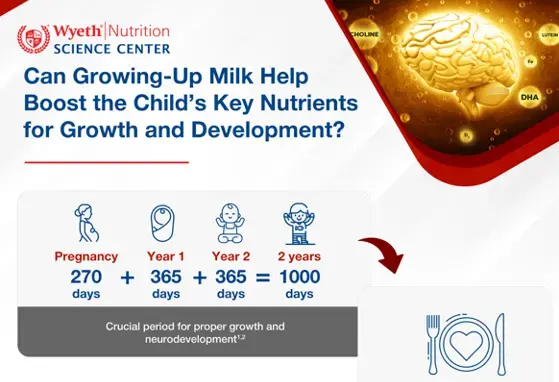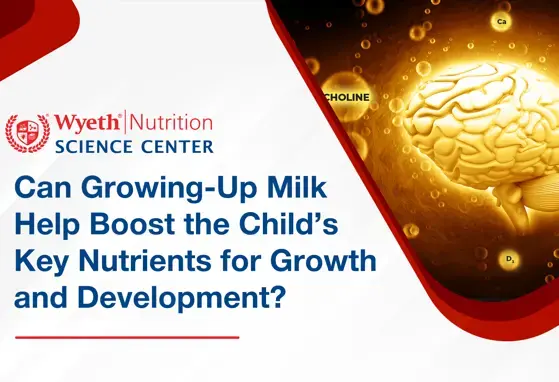Breastfeeding and complementary feeding

Increasing evidence on the importance of early nutrition programming of long-term health has guided development of infant nutrition recommendations summarized in this review
This article is intended to acquaint the reader with: current recommendations on breastfeeding, the alternatives to nutrition with mother’s milk, and ways to introduce complementary feeding.
Method:
- Literature review was performed on publications on infant nutrition published between 2009 and 2015
Key Findings:
- Breastfeeding: Infants should be breastfed at least for the first six months of life, where breastfeeding should be exclusive for the first four months
- The mother’s milk is the natural means of infant nutrition and optimally meets the needs of the infant given the mother is taking a balanced diet
- Exclusively breastfed infants gain less weight (approximately 500 – 700 g) in their first year than those fed with conventional infant formula, which causally relates to a lower risk of obesity in later life
- In addition to reducing morbidity and mortality, breastfeeding promotes the child’s cognitive development, where it was found breastfed infants have IQ scores that are 2-3 points higher after entering adolescence and adulthood
- Substitutes for mother’s milk: Infant formula should be given to infants who are not (exclusively) breastfed, while follow-on formula should only be given after the child has started complementary feeding
Protein - The standard infant formulae are based on cow’s milk protein. Soybean-based formulae are only indicated in infants with galactosemia, religious or other beliefs that bar the use of cow’s milk, and in older infants with cow’s milk allergy but persistently refuse to drink hydrolysed protein formula
- Infant formulae with a relatively low protein content (< 2 g/100 kcal,or about < 1.3 g/100 mL) are now preferred as they may lower future obesity risk
DHA/AA - DHA supplementation with at least equal amounts of AA is recommended to support maturation of vision and child development
Prebiotic/Probiotic - Supplementation in formulae are safe for healthy infants, but clinically relevant benefits are still to be confirmed
Infants with family history of allergy - A hypoallergenic infant formula based on hydrolysed protein should be given to reduce the risk of developing allergic diseases
- Normal cow’s milk based formula can be given once complementary feeding has been introduced
- Storage time for mother’s milk and baby formula
Storage temperature Mother’s milk Prepared baby formula Room temperature 6-8 hours (2 hours for thawed mother’s milk) 2 hours (discard leftover formula) 4 °C 72 hours 24 hours -20 to -40°C 6 months Not to be frozen
- Complementary feeding: Should be initiated no earlier than the start of the 5th month and no later than the start of the 7th month
- Complementary feeding should be initiated with semisolid food. Provision of meat, liver and fish as early semisolid food is associated with thriving growth and good cognitive development
- Variety in food is desirable to help promote the development of taste
- Around the age of one, regular food can be introduced in steps, with the goal of balanced nutrition consisting of three meals a day with two snacks in between
- There is no evidence to support the effects of delaying common allergenic foods such as eggs, fish, or peanuts, in preventing allergies in children with or without a family history. However, gluten may be given in small amounts at first and to be increased gradually
- Cow’s milk should only be given after reaches two years old, and should be given in small amounts initially (approximately 200 mL/day)
Conclusion:
- The above recommendations based on current research evidence will support a balanced and proper diet in early childhood, from there on helping to lay the foundation for lifelong good health
WYE-EM-184-AUG-16
Reference
Prell C and Koletzko B. Breastfeeding and complementary feeding. Dtsch Arztebl Int. 2016;113(25):435-444. Link to PubMed
If you liked this post you may also like

Infographic - Can Growing-Up Milk Help Boost the Child's Key Nutrients for Growth and development?

The Learning Lead - Volume 2, 2024: "Can Growing-Up Milk Help Boost The Child’s Key Nutrients for Growth and Development?"

Maternal Dietary Intake and Human Milk Composition
